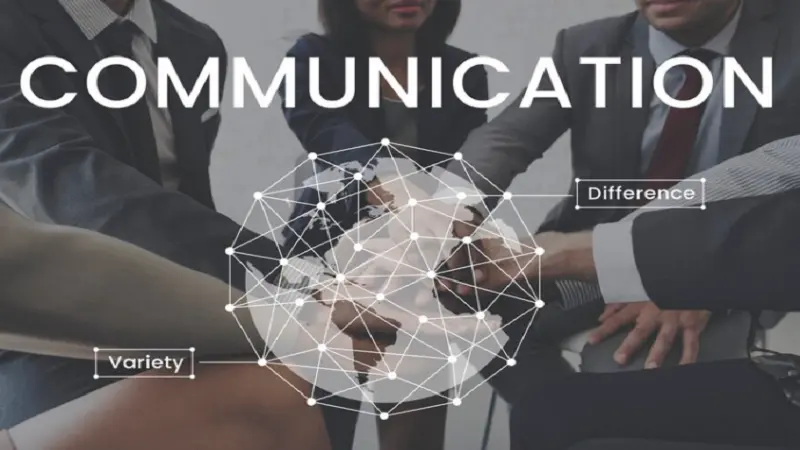Recorded Future: The Intelligence Powerhouse
At the forefront of cyber threat intelligence is Recorded Future. Founded in 2009, Recorded Future offers a comprehensive threat intelligence platform that aggregates and analyzes data from a myriad of sources to provide actionable insights. Their technology leverages machine learning and natural language processing to sift through vast amounts of information—everything from news articles and social media posts to dark web forums and technical reports.
Key Features of Recorded Future:
- Real-Time Threat Intelligence: Recorded Future excels at providing real-time data. By continuously scanning and analyzing information, it helps organizations detect emerging threats and vulnerabilities before they escalate.
- Comprehensive Data Sources: The platform aggregates data from diverse sources, including open web, dark web, and technical sources. This broad spectrum of information allows for a more nuanced understanding of potential threats.
- Contextual Analysis: Recorded Future doesn’t just deliver raw data; it provides context around threats. This means that cybersecurity teams can better understand the nature, origin, and potential impact of a threat.
- Customizable Alerts: Users can tailor alerts to their specific needs, ensuring that they receive relevant information about threats that are pertinent to their industry or organization.
Advanced Persistent Threats (APTs): The Persistent Menace
Advanced Persistent Threats (APTs) are among Recorded Future APTs Githubclaburn the most sophisticated and dangerous types of cyber threats. Unlike opportunistic attacks that exploit vulnerabilities, APTs are characterized by their targeted nature and prolonged campaigns. These threats are typically carried out by highly skilled adversaries, often state-sponsored or part of organized cybercrime groups.
Characteristics of APTs:
- Targeted Attacks: APTs are designed to infiltrate specific organizations or sectors. The attackers gather intelligence about their target to tailor their approach for maximum effectiveness.
- Long-Term Campaigns: Unlike traditional attacks that might be quick hit-and-run operations, APTs involve persistent, long-term strategies. The goal is to maintain access to the target’s systems over an extended period.
- Stealth and Evasion: APT attackers use advanced techniques to evade detection. They employ sophisticated malware, exploit zero-day vulnerabilities, and use encryption to conceal their activities.
- Objectives: The motives behind APTs can vary, including data theft, espionage, disruption of operations, or even sabotage. Their impact can be devastating, often resulting in significant financial and reputational damage.
GitHub: The Collaborative Hub for Cybersecurity
GitHub, a platform widely known for its role Recorded Future APTs Githubclaburn in software development, also plays a crucial part in the cybersecurity landscape. It provides a space for developers to share code, collaborate on projects, and contribute to open-source initiatives. For cybersecurity professionals, GitHub is a valuable resource for accessing tools, scripts, and research related to threat detection and response.
How GitHub Enhances Cybersecurity:
- Open-Source Tools and Resources: GitHub hosts a wealth of open-source projects related to cybersecurity. From intrusion detection systems to malware analysis tools, the platform is a treasure trove of resources that can aid in defending against cyber threats.
- Collaborative Development: GitHub’s collaborative nature allows cybersecurity professionals worldwide to work together. This global collaboration leads to faster development of tools and the sharing of knowledge.
- Threat Intelligence Sharing: Many cybersecurity researchers and organizations use GitHub to share their findings and tools. This collaborative effort helps disseminate threat intelligence and improve collective defenses.
- Community Engagement: GitHub fosters a vibrant community of cybersecurity experts who contribute to discussions, provide feedback, and refine tools. This engagement helps in keeping the tools and resources up-to-date and effective.
The Intersection of Recorded Future, APTs, and GitHub
Understanding the intersection of Recorded Future, APTs, and GitHub requires an appreciation of how these elements complement each other in the cybersecurity ecosystem. Recorded Future’s threat intelligence platform provides the insights necessary to recognize and understand APTs, while GitHub offers the tools and collaborative opportunities to address these threats effectively.
How These Elements Interact:
- Data Integration: Recorded Future can integrate threat intelligence from various sources, including GitHub repositories that host cybersecurity tools and research. This integration enhances the comprehensiveness of the threat analysis.
- Tool Development and Improvement: Insights gained from Recorded Future’s analysis of APTs can inform the development of tools and scripts on GitHub. Researchers and developers can use this information to create or refine tools that address specific threats.
- Real-Time Collaboration: When new APTs are discovered, the information can be shared on GitHub, allowing the cybersecurity community to develop and deploy countermeasures rapidly. This real-time collaboration helps in staying ahead of evolving threats.
- Knowledge Sharing: Recorded Future’s insights into APT tactics, techniques, and procedures (TTPs) can be shared with the GitHub community. This knowledge-sharing enhances the development of detection and defense mechanisms.
Case Studies: Real-World Applications
To illustrate the practical application of Recorded Future, APTs, and GitHub in the cybersecurity domain, let’s examine a few real-world examples.
1. Detecting and Mitigating APT Attacks:
Imagine a financial institution that Recorded Future APTs Githubclaburn becomes the target of an APT attack. Recorded Future’s platform detects unusual patterns of activity and correlates them with known APT indicators. The institution receives alerts about potential threats and gains insights into the attackers’ tactics.
Armed with this information, the cybersecurity team turns to GitHub to find and deploy open-source tools that can help in detecting and mitigating the specific techniques used by the attackers. Collaboration with the GitHub community further refines these tools, leading to a more robust defense.
2. Enhancing Threat Intelligence:
A cybersecurity firm uses Recorded Future to monitor the dark web for discussions about new APT campaigns. The firm identifies a new threat actor and learns about their methods and targets. This information is shared on GitHub, where developers contribute to creating new detection rules and tools.
By leveraging these resources, other organizations can implement enhanced security measures to protect themselves from the emerging APT threat. The collaborative nature of GitHub accelerates the development and dissemination of effective countermeasures.
Future Prospects: A Unified Approach
Looking ahead, the synergy between Recorded Future, APTs, and GitHub holds promise for a more secure digital landscape. As cyber threats continue to evolve, the integration of threat intelligence platforms with collaborative development environments will be crucial in staying ahead of adversaries.
Advancements to Watch For:
- Enhanced Threat Intelligence: The continued evolution of Recorded Future’s platform, with advancements in machine learning and data analysis, will provide even deeper insights into emerging threats.
- Innovative Tools: GitHub will likely see the development of more sophisticated tools and scripts that leverage threat intelligence to address new APT tactics and techniques.
- Greater Collaboration: The cybersecurity community’s collaboration on GitHub will continue to foster innovation and accelerate the development of effective defenses against APTs.
- Automated Responses: Future advancements may include more automated responses to detected threats, integrating threat intelligence with real-time defensive measures.
Conclusion
In the realm of cybersecurity, staying ahead of threats requires a multifaceted approach. Recorded Future, APTs, and GitHub each play a vital role in this effort. Recorded Future provides the intelligence necessary to understand and counter sophisticated threats, APTs represent the persistent and evolving nature of these threats, and GitHub offers the collaborative platform for developing and sharing tools to combat them.
By leveraging the strengths of these components, cybersecurity professionals can enhance their ability to detect, respond to, and mitigate threats. The interplay Recorded Future APTs Githubclaburn between threat intelligence, collaborative development, and real-time analysis is crucial in building a resilient defense against the ever-evolving landscape of cyber threats.
As we move forward, the integration of these elements will continue to drive advancements in cybersecurity, ensuring that organizations are better equipped to face the challenges of the digital age. In this dynamic field, the future is indeed recorded, and it promises a more secure and collaborative approach to safeguarding our digital world.




